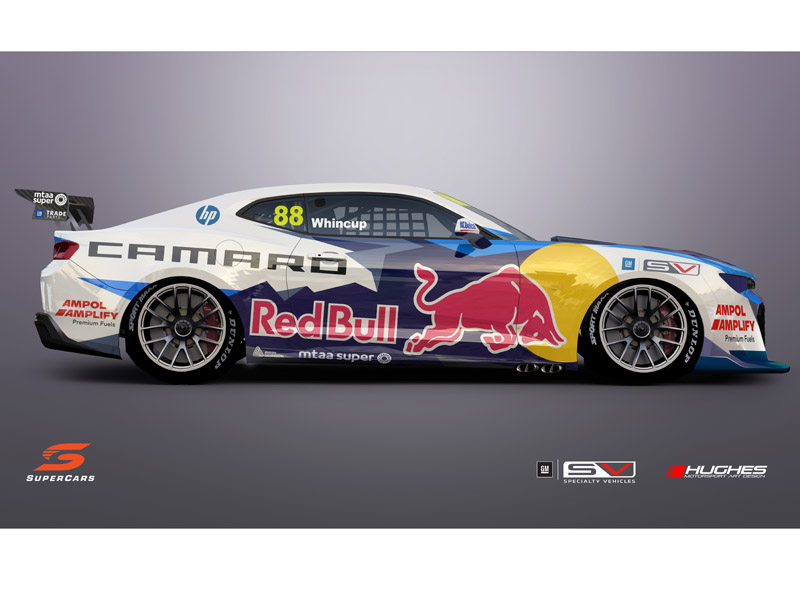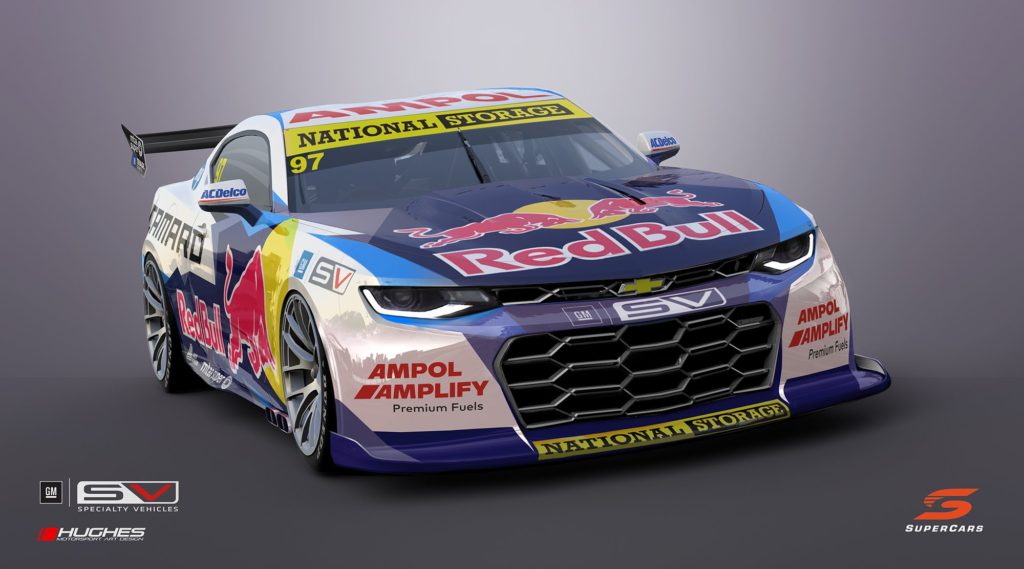SUPERCARS decision to take the wraps off their Generation III regulations for the long-term future of the sport at Mount Panorama was not a surprise and a quick glimpse through the details released look promising.
The Gen III rules are critical for the sport’s future as they transition away from the four-door, sedan-based architecture that has been the core foundation of the class since the V8 Formula was introduced in 1993.
In financially tight times, the category also needed to address the ever increasing costs – and more to the point, a lack of viability for the competitors involved – of the sport. Addressing the racing product was also key, with a reduction in downforce and better racing a key mandate.
It was a challenging set of circumstances for the people behind the new regulations that had to be cheaper, more relevant for brands, make better racing and safeguard the future of the sport.
No pressure, then.
Headlining the key elements announced on Thursday was the fact that General Motors has given the OK for Supercars to utilise the Camaro body shape and nomenclature and I think this is one of the key additions out of them all.

Holden’s withdrawal from the local marketplace, and indeed the sport, will leave a massive hole for a legion of fans that bleed Red and have done so, in many instances, for decades. An easy swap from Commodore to Camaro will be something of a soft landing for those fans, giving them something to get behind without having to jump ship and back a Mustang to victory.
So that’s one tick in the box.
Secondly, the renders released by the class point towards cars that much closely follow their road-going brethren, which will not only add relevance for manufacturers and potentially engage new ones to jump aboard, but will make it more affordable as well thanks to the use of more OEM panels.
It will also ensure that the ugly debate surrounding the current iteration of the Mustang when it was launched will not be a thing when the new cars roll out.
At least in the renders, Gen III cars look more road relevant but also retain the aggression and big wings that make the Supercars so popular with fans young and old.
From a visual spectacle, it seems that the main game will only be better moving forward which is positive – visual spectacle was never a problem with the current era anyway.
Technically, the changes are more subtle than in-your-face but at least on paper should also be effective.

The chassis itself will be a different, smaller, shape to accommodate the coupe body shapes of Mustang and Camaro much better than the current cars. They’ll be 100mm wider, 100kg lighter and all the key panels and glass will be OEM specification – meaning the same as the road going variant.
The front and rear subframes will be detachable, which will improve repairability, while the front and rear suspension items will be controlled – reigning in a massive development cost in front uprights, in particular.
Carry over items from the current car include the gearbox / transaxle, dampers and the rear suspension package to help cover costs.
Aero will be reduced by 50 percent on current levels while a 30-40% reduction in build and operating costs is the target.
There’s also some built-in future proofing in place with the ability to house batteries for a future hybrid adaption a sound investment.
Ultimately, the on-track product, the aesthetic appeal of the cars and the manufacturer appeal shouldn’t be massively difficult for the Supercars team when it comes to Gen III – the current product already ticks a lot of those boxes, if there is room for improvement.
What will be key is the ability to keep the costs under control across the process. That will be the deciding factor and the real indication of Gen III’s success.
The dollars are the key metric out of the entire scenario and a reduction in costs was touted – but broadly failed – when Car of the Future was introduced in 2013.
In the meantime, the early roll-out of the renders and key details looks like a solid pass mark from Supercars, who have worked hard to deliver this amidst the global pandemic, calendar reshuffles and locking away a new TV deal in the process.
Early days it is, but the first indicators are that this is a solid start for the brave, new world of Supercars moving forward.




Comments